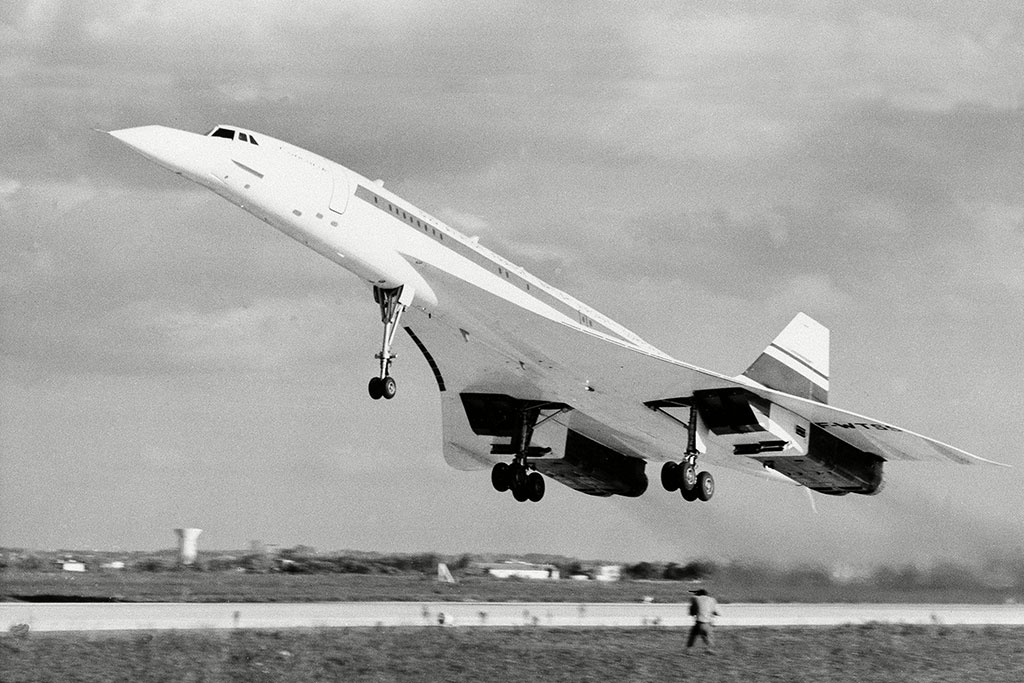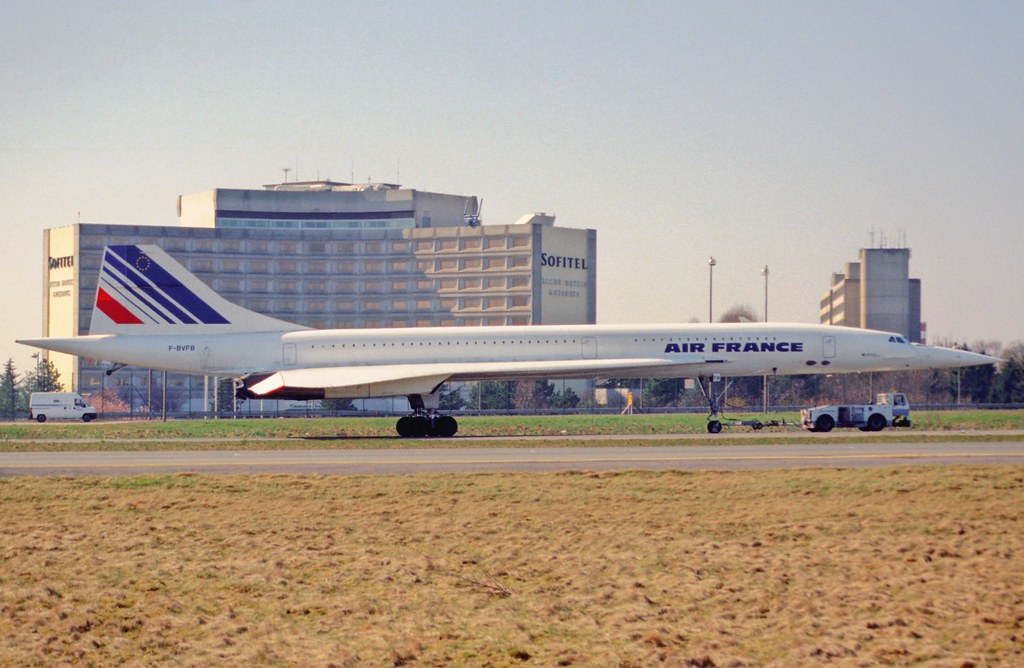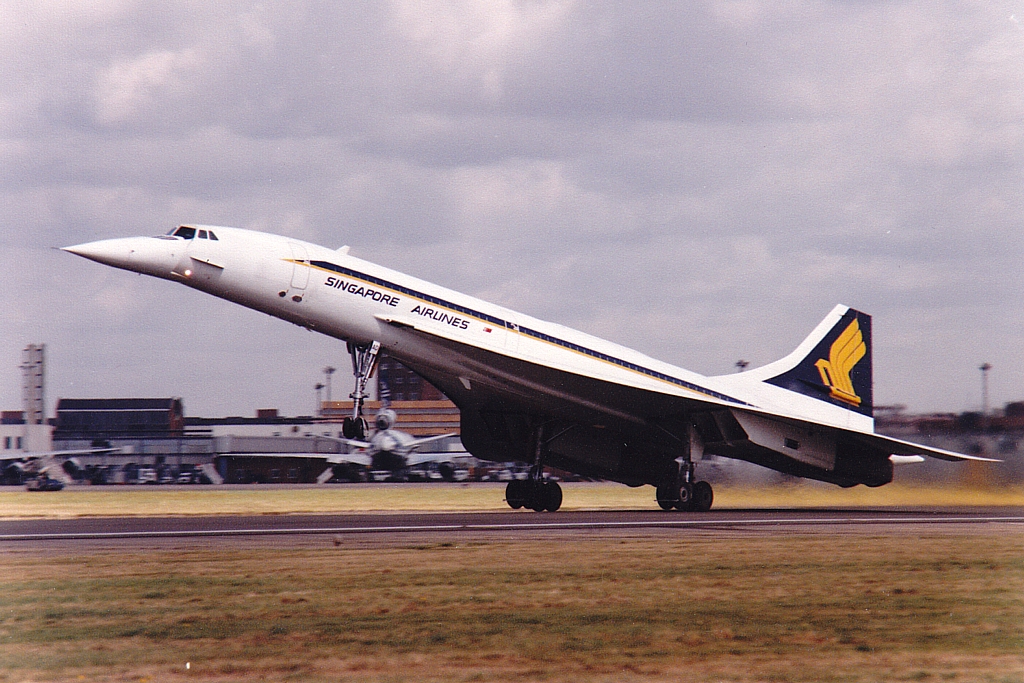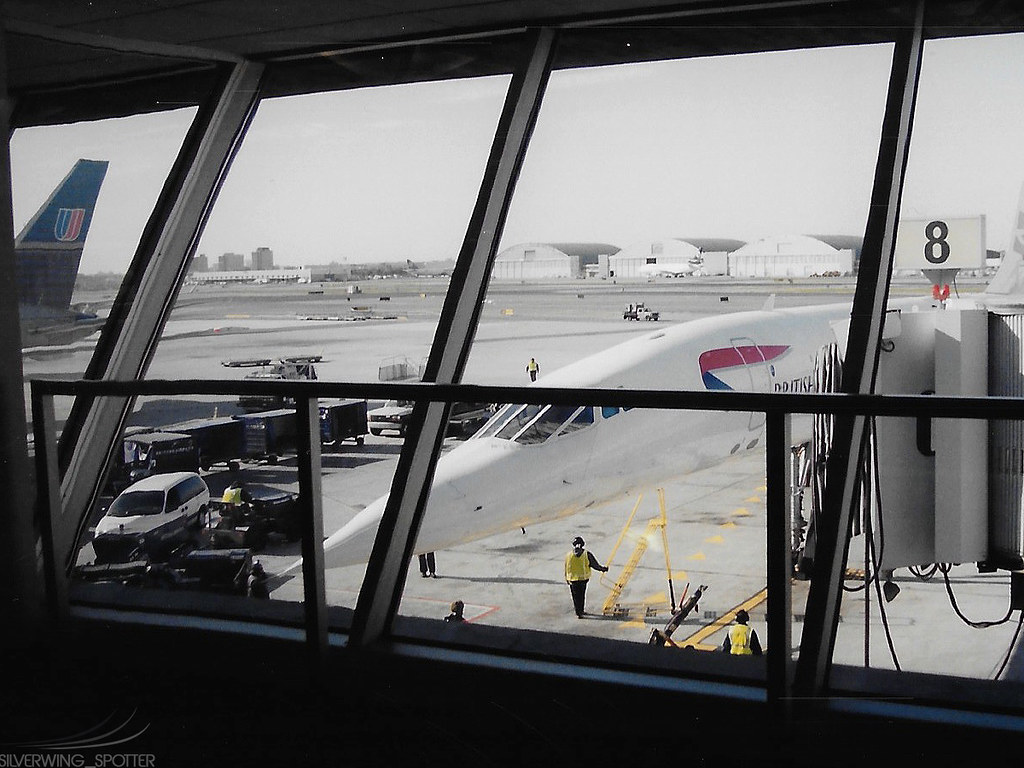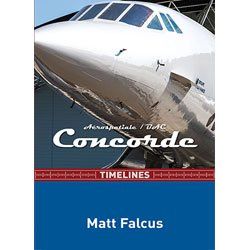Concorde was one of the most inspiring aircraft to take to the skies.
It was capable of transporting around a hundred passengers in complete luxury across vast distances, such as the Atlantic Ocean, at more than twice the speed of sound.
This had the benefit of greatly reducing flight times between major cities, like New York and London, and allowing business travellers in particular to save time or attend meetings much more quickly.
When Was Concorde Built?
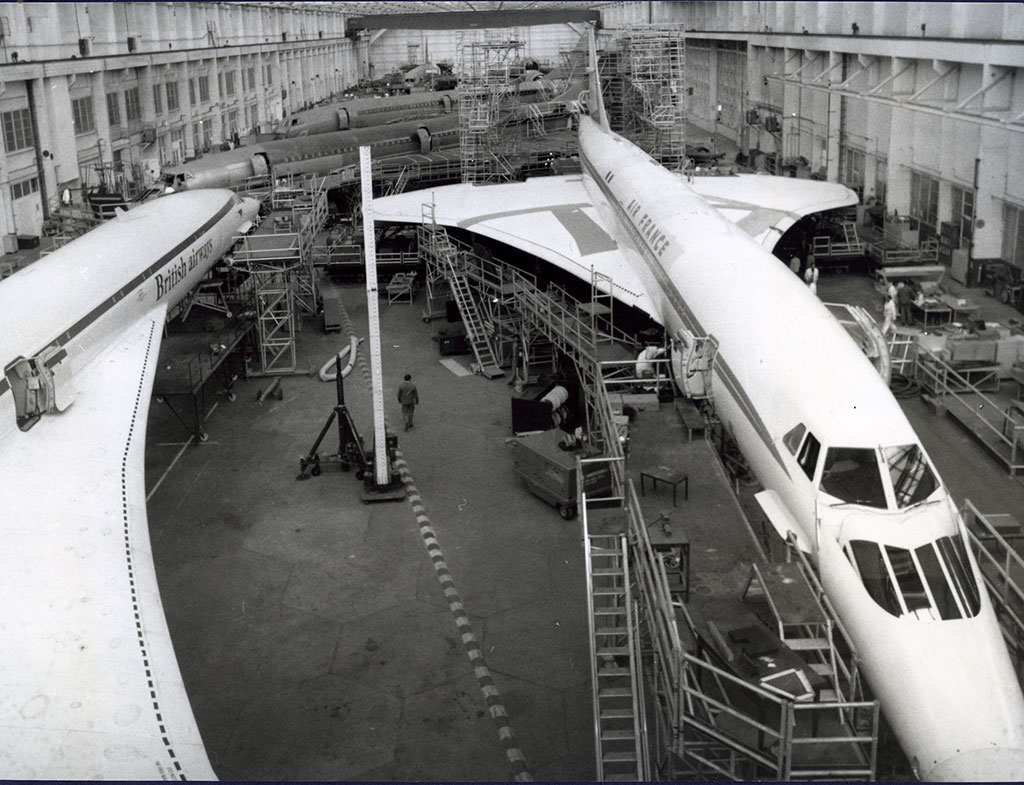
Concorde was the result of collaboration between Britain and France.
The British Aircraft Corporation and Aerospatiale, along with the British and French governments, worked through the 1960s to design and produce the Concorde aircraft. It came following work on fighter jets and bombers in the 1950s which could travel at increasing speeds, and the led to the natural conclusion that passengers could also be transported at such speeds.
At production sites in both Bristol, UK and Toulouse, France, the first prototype aircraft were built. These aircraft were almost identical, with parts built in both countries being used at either plant.
When did the Concorde first fly?
After being rolled out of the Toulouse factory to admiring crowds in December 1967, and September 1968 in Bristol, the two prototype Concorde aircraft underwent further ground testing and development.
The first actual flight of a Concorde took place on 2nd March 1969, when F-WTSS – the French 101 prototype – lifted off the runway at Toulouse Blagnac.
After testing some of the systems and handling, the aircraft landed again after 28 minutes.
The first flight of the British-built Concorde 102, G-BSST, was on 9th April 1969. It departed Bristol’s Filton airfield and flew the short distance to RAF Fairford, where further Concorde testing would take place.
Which airlines flew Concorde?
Concorde initially captured the imagination of the travelling public, and of the world’s major airlines.
As well as the national carriers of Britain and France, other airlines like Pan Am, American Airlines, Continental Airlines, TWA, Middle East Airlines, Qantas, Air India, Lufthansa, Air Canada, CAAC, Iran Air and many others placed orders for the supersonic jets during the 1960s.
Each saw the potential of this new advancement in air travel, and wanted to offer their passengers faster flight times (and also keep up with their competition).
However, two events in the 1970s caused all to back out of their orders – the stock market crash of 1973-74, and the 1973 oil crisis. The latter led to an increase in oil costs, which would make Concorde even more expensive to operate.
Some airlines also saw their passengers looking for cheaper, more basic air fares, rather than more expensive and luxurious offerings.
As such, only British Airways and Air France would take delivery of their Concorde orders.
Later some shared services did occur, with British Airways painting one side of their Concorde G-BOAD in Singapore Airlines colours to be used on the link between London and Singapore.
Both Air France and British Airways also entered an agreement with Braniff International to operate Concorde subsonically between Washington Dulles and Dallas Ft Worth between 1978-80, albeit not painted in the airline’s colours.
When did Concorde start flying passengers?
The very first scheduled, passenger-carrying flight by Concorde took place on 21st January 1976 between London Heathrow and Bahrain, and Paris Charles de Gaulle and Dakar.
Both airlines had planned to enter their Concordes on the prestigious transatlantic routes, but a ban on the aircraft on noise grounds had been upheld by US Congress.
This was finally lifted a few months later, and both Air France and British Airways started flying Concordes to Washington Dulles from Paris and London respectively on 24th May 1976.
Eventually a local ban on Concorde by New York City was lifted, and both airlines also started serving JFK airport on 22nd November 1977.
What happened to Concorde
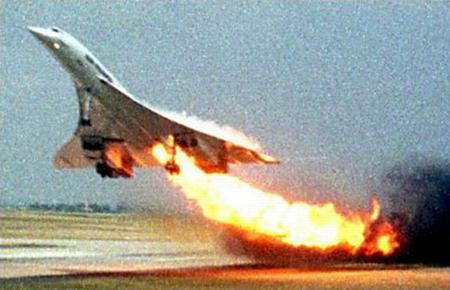
Concorde enjoyed impeccable service and a reputation of luxury, speed and technological advancement which would lead the way in air travel. But sadly this reputation was tarnished on 25th July 2000 when on of Air France’s Concorde aircraft crashed on takeoff at Paris, killing all on board.
A grounding followed, with aircraft undergoing modifications to prevent their fuel tanks being pierced, as well as modifying their undercarriage.
Both airlines reintroduced Concorde services in July 2001.
However, on 10th April 2003 both airlines announced that they would be retiring their Concordes in the wake of costs, a slump in air travel following the September 11, 2001 terrorist attacks, and a lack of ongoing support from Airbus (who had inherited Concorde from its forerunners).
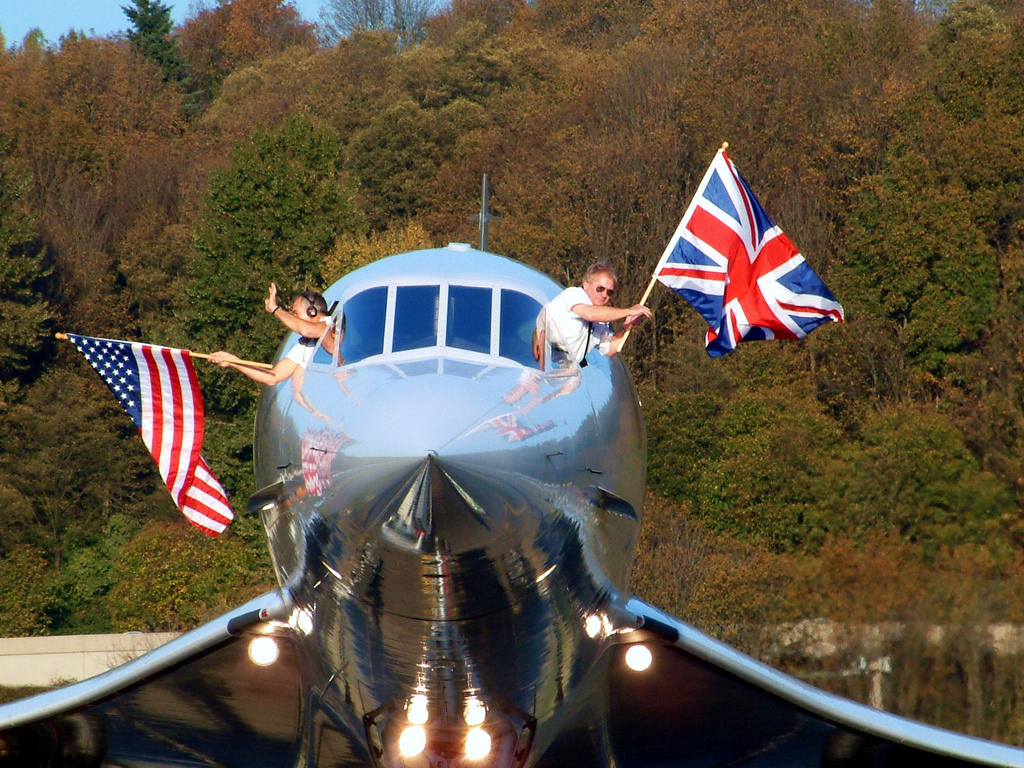
The final Concorde flights took place on 27th June 2003 (Air France) and 26th November 2003 (British Airways).
Where can you see Concorde today?
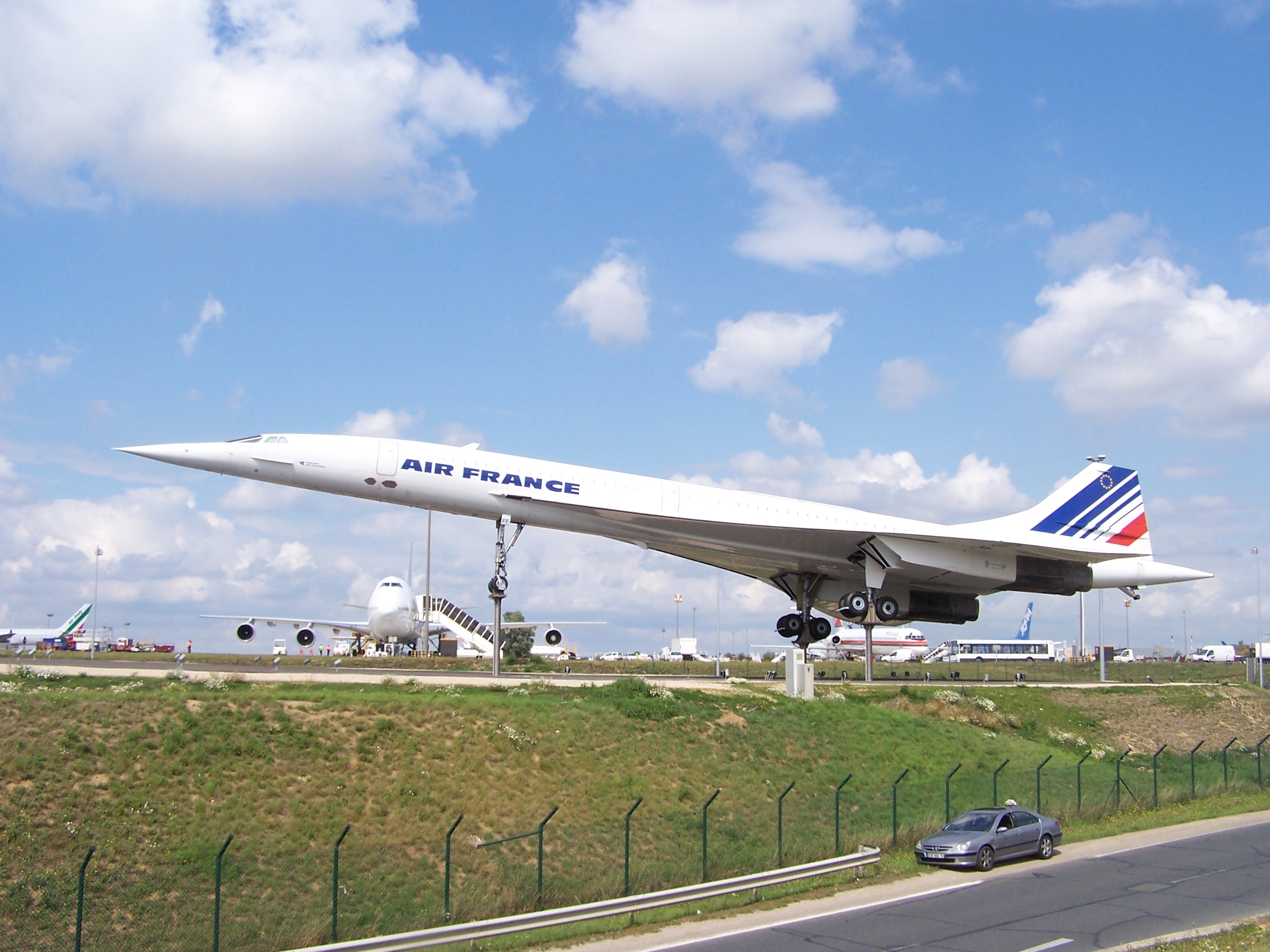
Preserved on poles near the taxiway at Paris CDG.
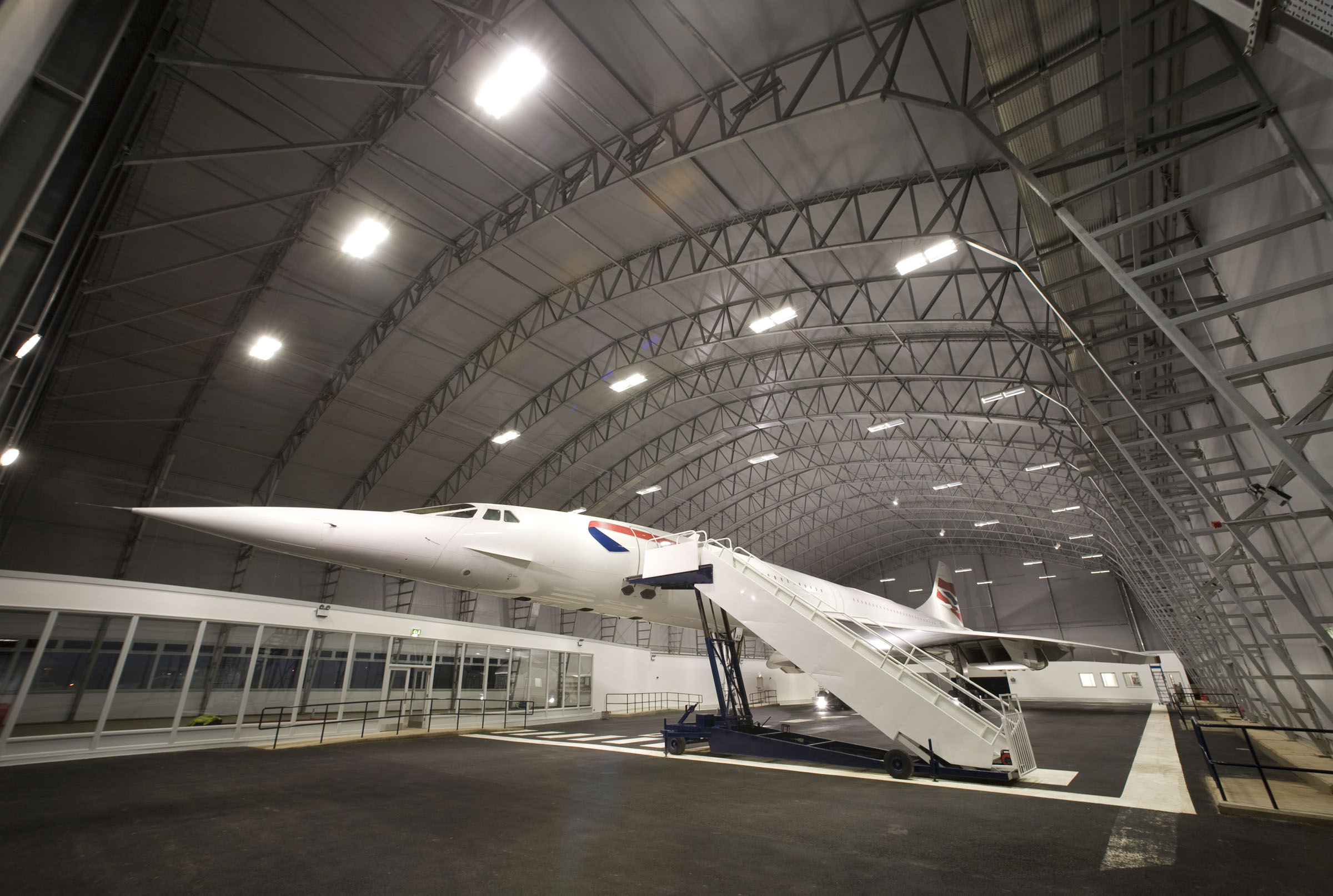
Most of the 20 Concorde aircraft built can still be seen today.
Only one was lost to a crash, and another scrapped.
The rest are scattered to museums and airports around the world, and largely open to the public to visit.
[See our article: Where to See Concorde https://www.airportspotting.com/concorde/]
 Concorde Timelines
Concorde Timelines
This book tells the story of Concorde from the beginnings of high speed flight and delta wing development, through the design, testing and operational life of this supersonic airliner. It also looks at the famous crash, and what happened when Concorde was retired. Full of archive pictures and shots of the aircraft in service.
Order Your Copy

